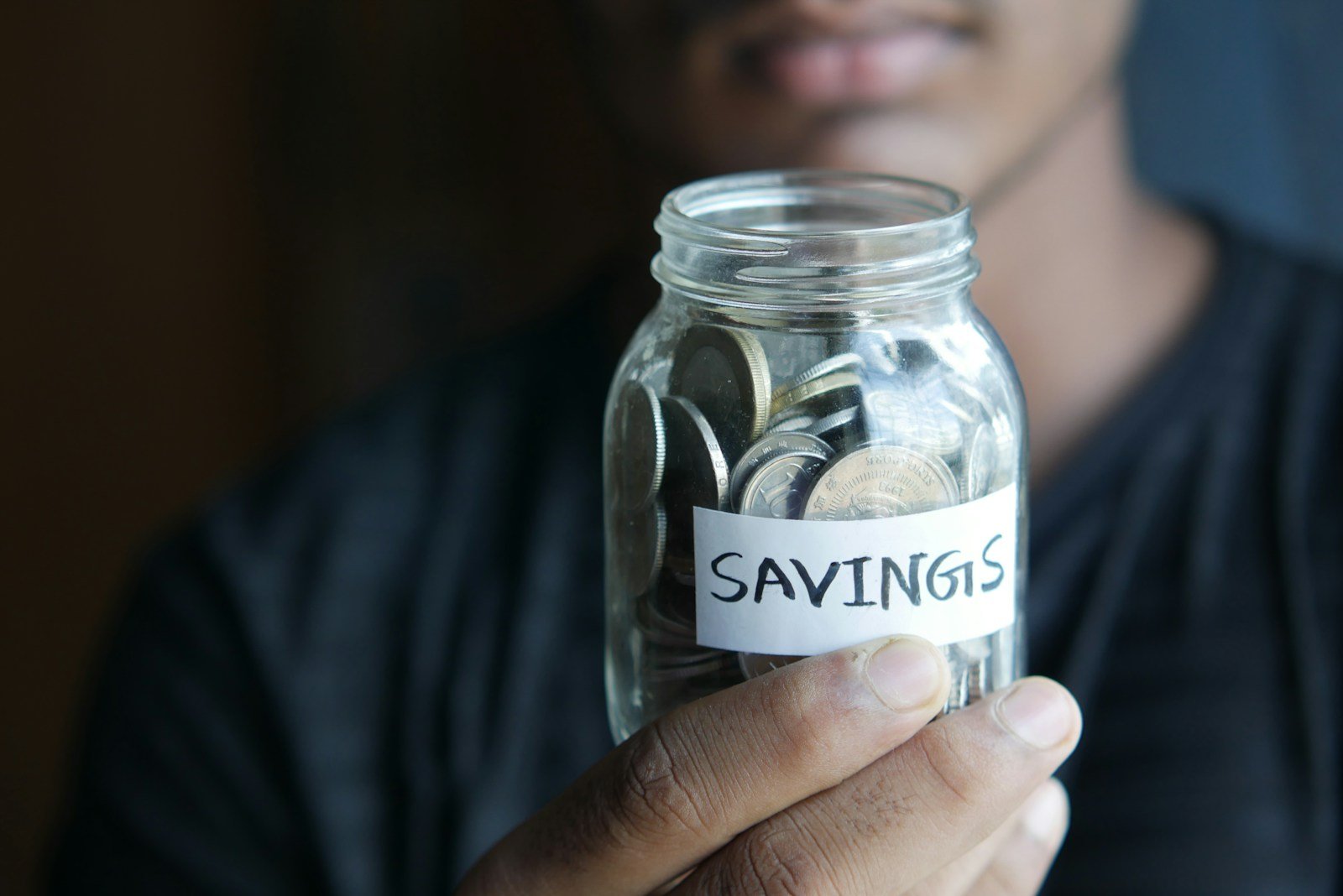Introduction
Did you know that almost 60% of people live paycheck to paycheck? It’s not just a statistic—it’s a reality for many of us. I remember a time when I’d think, “Next month, I’ll start saving.” But there was always something: a surprise repair, a weekend getaway, or a spontaneous gift. Before I knew it, “next month” kept getting pushed back, until one surprise expense finally hit me hard enough to spark change.
Saving money isn’t just about putting away a bit of cash here and there. It’s about building a financial cushion for life’s curveballs. In 2025, with inflation on the rise and unexpected expenses around every corner, it’s crucial to have a plan. Here’s a breakdown of everything you need to know to start saving—without overhauling your life.
Why is Saving Money Important?
Saving money has always been a good idea, but in 2025, it’s downright essential. The cost of living is creeping up, the economy is unpredictable, and life has a way of throwing unexpected expenses your way. I learned this the hard way when I was suddenly hit with a hefty car repair bill. I had no choice but to empty out my meager savings, which left me feeling vulnerable. That’s when it hit me—saving isn’t just for big dreams or retirement; it’s for peace of mind.
The Benefits of Saving Money:
- Emergency Fund: Imagine waking up one day to find your refrigerator on the fritz or getting a toothache that demands a costly dentist visit. Having a fund set aside can save you from stress and debt.
- Financial Freedom: Saving even a small amount monthly creates options—options to pursue a new job, invest in your health, or simply say “yes” to life’s little joys.
- Long-Term Security: Savings can be the difference between a comfortable future and struggling during retirement.
Unexpected Expense Breakdown Table:
| Expense Type | Average Cost |
|---|---|
| Car Repair | $500 – $1,500 |
| Emergency Dental | $200 – $1,000 |
| Appliance Breakdown | $150 – $600 |
| Medical Co-Pay | $75 – $500 |
Having a few hundred dollars saved for such occasions can be a game-changer. I used to think my income wasn’t enough to save. But honestly? It’s possible for almost everyone if you know where to start.
Steps to Start Saving Money Today
Starting to save can feel daunting, but I promise it’s not as complicated as it seems. You can make a difference with a few small steps.
1. Create a Budget
The backbone of any savings plan is a budget. I recommend the 50/30/20 rule: 50% for needs, 30% for wants, and 20% for savings. This simple guideline can help you take control without going overboard.
| Monthly Income | Needs (50%) | Wants (30%) | Savings (20%) |
|---|---|---|---|
| $3,000 | $1,500 | $900 | $600 |
2. Track Your Spending
Once you’ve set up a budget, track where your money goes. I was shocked when I first saw my expenses broken down by category: my coffee and takeout budget was double my gas bill! It’s eye-opening and often the push you need to start cutting back.
3. Set Clear Savings Goals
Start small and specific, like saving $100 per month. When I first set my sights on a modest goal, I found it easier to stay consistent. Breaking down your target into smaller chunks can make it less intimidating.
Money-Saving Tips and Tricks
The small, everyday changes can sometimes make the biggest difference. Here are some tried-and-true strategies to start boosting your savings.
1. Automate Your Savings
Automation is a lifesaver. Set up an automatic transfer from your checking to your savings account right after payday. This makes saving effortless because you won’t be tempted to spend that money.
2. Trim Subscriptions and Reduce Recurring Expenses
Do you really need five streaming services? Take an honest look at your subscriptions. When I did, I found I was paying more for streaming services than for my phone bill (and I barely used half of them).
Example Subscription Table:
| Subscription Service | Monthly Cost |
|---|---|
| Netflix | $15 |
| Hulu | $8 |
| Spotify | $10 |
| Amazon Prime | $12.99 |
| Total | $45.99 |
3. Use Cash-Back Apps and Rewards Programs
Get a bit of money back on purchases you already make by using cash-back apps and credit card rewards programs. Just remember not to overspend just to get points!
4. Plan Your Meals
Meal planning can save more than you’d think. A little planning means fewer impromptu takeout meals and grocery trips, which always seem to end in spending more than you intended. Stick to a list, and watch those extra dollars add up.
Building Long-Term Savings Habits
Saving isn’t just about hitting a number in your account. It’s about forming habits that support your long-term goals.
1. Consistency Over Quantity
It’s better to save a small amount consistently than to try and make big deposits sporadically. I remember starting with $5 a week—it doesn’t sound like much, but by the end of the year, I had a couple hundred dollars saved, just from small weekly deposits.
2. Reward Yourself for Milestones
Set small, achievable goals to keep motivated. For instance, treat yourself with something small (a fancy coffee or a book) when you hit a milestone like $500. It’s a way of reinforcing the habit with positive rewards.
3. Visualize Your Goals
Put a picture or chart somewhere visible to track your progress. For me, it was a simple chart on the fridge with checkmarks for every $50 saved. Seeing that progress helped me stay committed.
Frequently Asked Questions (FAQs)
- How much should I start saving? Start small—even $20 a month can make a difference. The key is to start building the habit.
- What’s the best way to save money quickly? Cutting down on non-essential spending and automating savings are two fast ways to see results.
- How can I avoid dipping into my savings? Consider setting up a separate savings account that’s harder to access. Out of sight, out of mind!
Conclusion
Saving money might sound simple, but it’s a journey—and it can be surprisingly empowering. Think about it: by setting up a budget, tracking your spending, and making a few small sacrifices, you’re building a foundation for a more secure future.
Starting today, whether it’s with a few dollars a week or a small percentage of each paycheck, will set you up for peace of mind and new opportunities down the line. And don’t forget—you’re not alone. Drop a comment below if you have a tip to share, or if you’re ready to kick off your own savings plan. Here’s to a more secure and empowered 2025!




